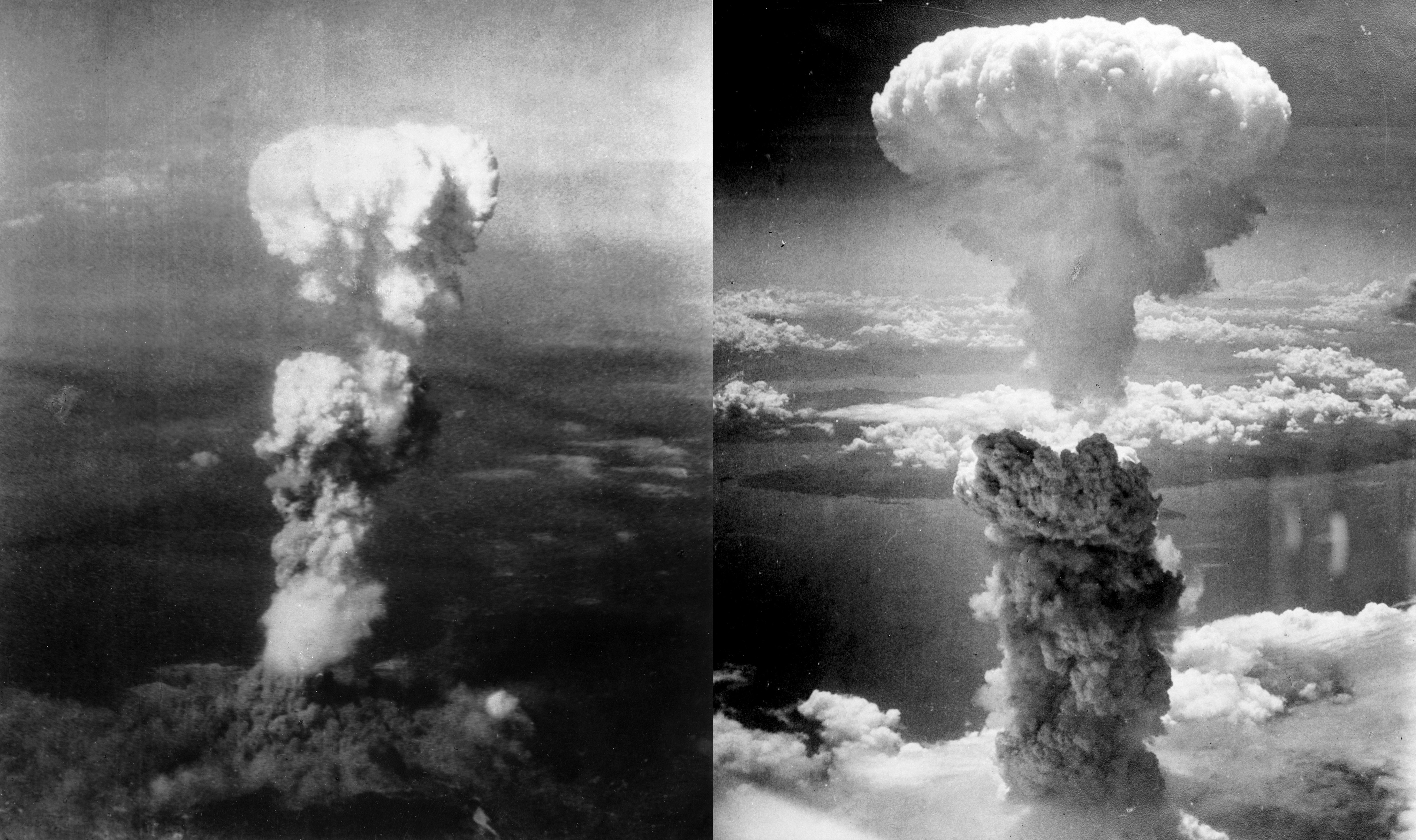As a former
language arts teacher,
Kinneavy’s writing interested me as a way to frame rhetorical aspects of the writing
classroom. To be frank, the first time reading through his work left me perplexed with many conflicting ideas all competing as the foundation defining the
complex term. It was after working with Tyreek and generating a schema to
organize Kinneavy’s conception of kairos did I fully understand these
implications for pedagogy in a systematic fashion. Tyreek and I decided to
generate a schema that would organize multiple facets kairos yet leave room for
discussion. Kinneavy sets the foundation of karios as two main components:
right timing and proper measure. We understood right timing as the “good time”
to deliver and proper measure as a metaphorical appropriate proportion of what
is given. Starting from this point, we used the two dimensions to further think
about and understand kairos.
The first
component of kairos, good time, is overarching and seems to bleed into the
other dimensions found in the term. This was particularly interesting to Tyreek
and I as we generated our schema. As we began our endeavor of organizing the
complex word, we believed the two primary components were distinct and separate
parts of kairos that had no interlacing and that “good time” essentially stood and
worked alone. It was after working through the five dimensions of proper
measure did we begin to notice the need for good time in those areas as well.
So while our schema has good time and proper measure as distinct entities, they
are deeply and interestingly connected with and within one another. The second
component of kairos is proper measure. This one, as Kinneavy puts it, is
“elusive” in that it contains multiple and complex dimensions that work
interdependently to do something right. Tyreek and I decided to continue to
organize our schema by separating the five dimensions of proper measure into
five distinct categories: ethical dimension, epistemological dimension,
rhetorical dimension, aesthetic dimension, and the civic education dimension. While
we saw a place for each dimension, we found the epistemological dimension to be
especially intriguing, as it seemed to us to encompass all of life. Kinneavy
calls this “critical moments” and the “defining of the character”. We
appreciated that a writer’s previous experiences were taken into account as an
important factor of composition, as this is a ideal that both Tyreek and I hold
valuable in our personal pedagogical philosophies.
In addition
to defining kairos, Kinneavy laid out the historical framework of his
conceptualization. This was helpful to us in identifying the theorist and therefore
assumptions Kinneavy held as valuable. While we did find some fault with this
way of viewing the composition classroom, I found it helpful in understanding the
multiple facets of the composition classroom as new to the field and was able
to take away newly constructed ideas and an organizational tools that could be
implemented in the future.








